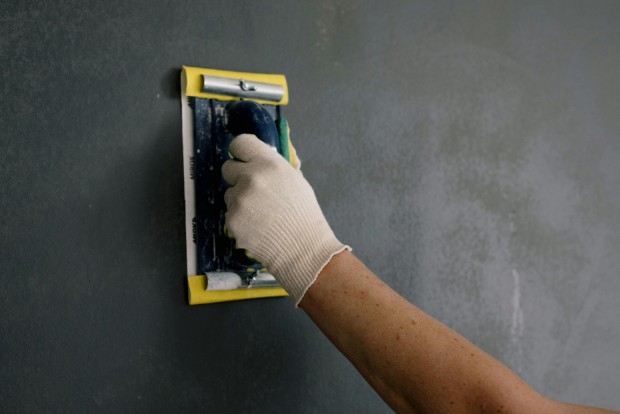Plaster finishes enhance a building's aesthetic appeal and provide a protective layer against weathering and damage. Additionally, they help improve the structure's fire resistance, offering an added layer of safety.

(Photo : Pexels/Ksenia Chernaya)
Plaster Finishes
Plaster is a substance utilized in construction. It comprises a blend of gypsum, lime, cement, or alternative binders, which, when combined with water, produce a composite-like material suitable for application on surfaces such as walls and ceilings. Because of its adaptability, durability, and resistance to fire, plaster has been utilized for centuries in the construction industry and in interior finishing.
Moreover, plaster application often involves many layers, with each layer allowed to dry and firm before the subsequent layer is placed. The intended finish and the particular application both have the potential to influence the thickness and the number of layers. There are a variety of methods for applying plaster, including troweling, spraying, and hand application.
Also Read: Construction Industry Breaks Tradition on Yellow Machinery Norms
Purpose of Plaster Finishes
Cover Imperfections
Plastering is a technique for concealing flaws in walls or ceilings, such as cracks, holes, or unevenness. By filling in gaps and irregularities in the surface underneath, it contributes to the creation of a seamless and uniform look.
Improving Thermal Insulation and Soundproofing
When applied to walls and ceilings, plaster can help increase the structure's thermal insulation and soundproofing capabilities. By dampening sound transmission and limiting heat loss or gain through walls, plaster can help create an indoor environment that is more inviting and less noisy.
Enhancing Fire Resistance
Plaster composition, which comprises gypsum or other fire-resistant materials, imparts fire-resistance properties by nature. A widespread option for fire-rated components in building construction, plastering can assist in enhancing the fire resistance of walls and ceilings.
Protection on Walls and Ceilings
Plaster's protective properties keep walls and ceilings safe. It maintains the integrity of ceilings and walls, contributing to their longer and healthier lifespans.
Aesthetic Touch
Plaster provides a finish that no other material can match. It imparts a uniform texture to ceilings and walls. When this is done, plaster brings grace to the labor done on the ceilings and walls.
Protect Against Moisture
A wide range of issues, such as the development of mildew, the corrosion of materials, and the structure's instability, can be brought about by moisture infiltration. The structural integrity of a building is effectively protected against moisture infiltration through plastering, mainly when employed in conjunction with waterproofing methods.
Provide a Plain Surface for Painting Work
Plastering serves several important purposes, one of which is to create a flat and smooth surface, making it particularly suitable for painting and other aesthetically pleasing treatments. Uneven surfaces and defects would be more noticeable in the absence of plastering, resulting in a poor finish.
Provide Protection Against Atmospheric Attack
Construction materials' surfaces can gradually deteriorate when exposed to environmental factors such as sunshine, wind, and rain. Plastering creates a barrier that protects the underlying structure from the attacks of the atmosphere, keeping its quality and appearance throughout time.
Related Article: 6 Types of Plaster Finishes That Elevate Your Home's Aesthetic Appearance







